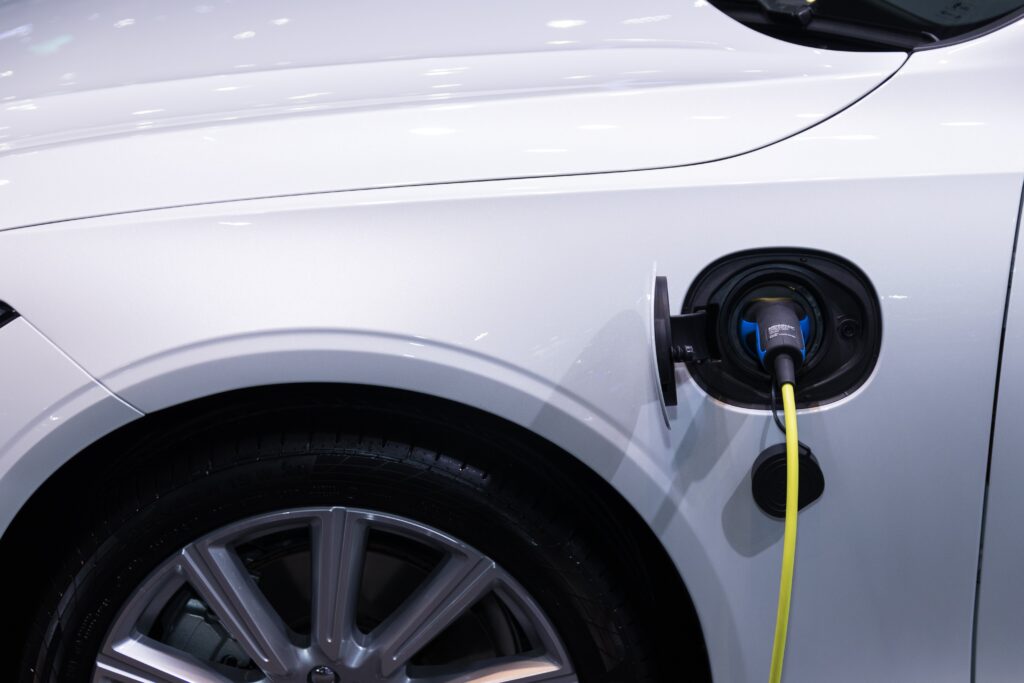
The Indian government has a big view, which is “Electric Cars in India: Driving Towards a Greener Future by 2030”. They want to change how people travel. This plan is all about using electric vehicles to replace gas-dependent vehicles. It’s a big change for transportation in India. The goal is striking: a complete transition to electric-powered vehicles by 2030. It showcases India’s steadfast commitment to environmental sustainability and the reduction of carbon emissions. The vision extends to every new vehicle sold in the country being electric, propelling the widespread adoption of zero-emission vehicles and steering India towards a greener and more sustainable future.
The electric vehicle (EV) market is currently experiencing an unprecedented surge. This demand is driven by a combination of factors, such as government incentives, technological advancements and the changing preferences of consumers. This surge has attracted a diverse array of participants. That includes both established automotive giants and nimble startups, all of which are competing for a share of this rapidly expanding sector. The result is a wave of innovation and heightened competition, bringing forth a plethora of electric vehicle options for consumers.
The “Electric Cars in India: Driving Towards a Greener Future by 2030” plan is a big change in how we think about getting around. It’s not just about rules from the government; it’s about a whole new way of moving. This plan focuses on being kinder to the environment and using cool new technology. It’s going to make our daily trips cleaner and greener. It’s not just a vision; it’s a big step towards a future where electric cars are normal.
From Lovebird to REVA: India’s Electric Vehicle Evolution
The genesis of electric vehicles (EVs) in India dates back to 1993 with the unveiling of the Lovebird, the nation’s inaugural electric car. Crafted by Eddy Current Controlled in Kerala, the Lovebird marked the nascent stages of India’s foray into electric vehicle technology. Despite encountering challenges such as performance limitations and a dearth of government support, the Lovebird served as a pioneering symbol, laying the groundwork for subsequent advancements in electric mobility within the country.
The landscape of The Evolution of Electric Vehicles in India with the advent of the REVA, a compact electric car born from a collaboration between the Mani Group and AEVT Inc. Introduced in 2001, the REVA heralded a new era in India’s electric vehicle market, garnering honors for its innovative design and feasibility. This trailblazing vehicle, characterized by its compact dimensions and eco-friendly ethos, played a pivotal role in catalyzing the widespread adoption of electric mobility across India.
Expanding Options: The Diverse Landscape of Electric Vehicles in India
Electric vehicles (EVs) are changing more when we get familiar with it. In addition, they’re a more sustainable choice compared to traditional cars that run on gas. Equally important, instead of burning fuel, EVs use rechargeable batteries to power their motors. As a result, they don’t produce any harmful emissions from their exhaust, and they help create a zero-emission climate. This transition towards electric mobility aligns seamlessly with India’s overarching objectives of fostering sustainability and combating climate change.
As more people want electric cars, many different companies are now selling them in India. They offer lots of different models to suit what people like. From compact electric cars such as the Kia EV6, Tesla Model 3, Hyundai IONIQ 5, BMW i4, Tesla Model Y, and Volkswagen ID 4 to spacious electric SUVs like the Volvo XC90, Volvo C40, and Kia Niro EV. The market landscape proliferates with a plethora of options for eco-conscious consumers.
Furthermore, hybrid cars have emerged as a transitional solution, bridging the chasm between conventional internal combustion engines and fully electric vehicles. The Toyota Prius, Honda Accord Hybrid, and Ford Fusion Hybrid are perfect examples of mixing electric and hybrid technologies in cars. They give you choices that are eco-friendly and still work well when you drive them.
India’s streets are seeing a shift! Forget gas-guzzling cars; electric scooters, bikes, and rickshaws are taking over. Why? They’re cheap, clean, and perfect for city traffic. Top companies like Ola and Hero Electric offer cool options, making electric rides the new Hot Wheels in India. Hop on and join the future!

Government Initiatives: Driving India’s Electric Vehicle Revolution
India’s government is going all-in on electric vehicles! Moreover, they’re building charging stations and battery swap points everywhere, making it easier than ever to ditch gas and go electric. Plus, they’re offering discounts and deals to make buying electric vehicles more affordable. This is all part of a big plan to get more electric vehicles on the road. This will help clean up the air and make getting around India more eco-friendly. So, if you’re thinking about going electric, now’s the perfect time – India’s got your back!
India’s electric future is revving up, and you’re in the driver’s seat! Stay tuned for more exciting updates and content coming your way. Curious about the ride? Ask away, and let’s cruise towards a greener tomorrow together! ⚡️



Its like you read my mind You appear to know so much about this like you wrote the book in it or something I think that you can do with a few pics to drive the message home a little bit but other than that this is fantastic blog A great read Ill certainly be back
Thanks for your valuable feedback.